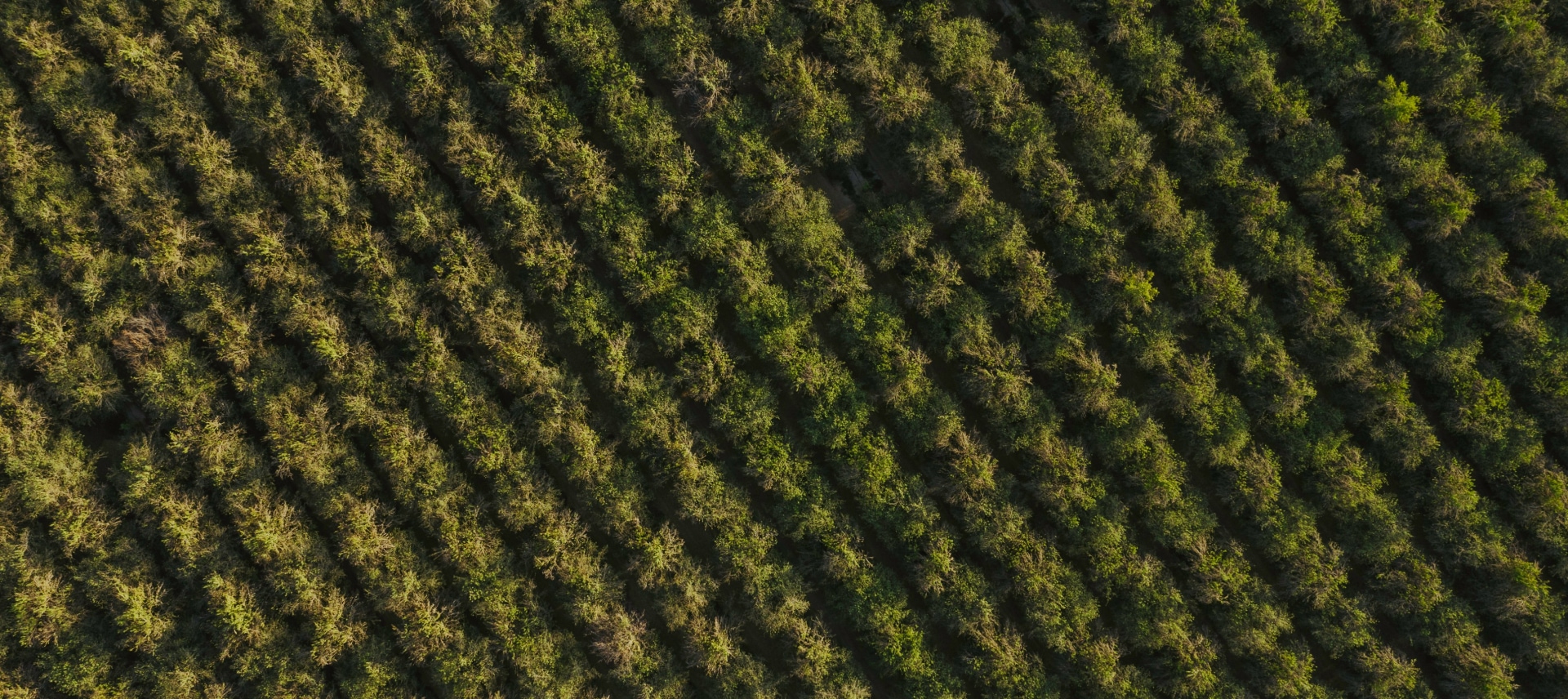Empty cart
Oh no! It appears your cart is empty. Add some almonds to your daily regime with the Treehouse products.
All Blog PostsAlmond Market UpdatesNews
California handlers shipped 204.3 million lbs in November, down 7.5% from shipments of 220.9 million lbs in November a year ago. While this number was within the range of expectations, it was not what was hoped, or indeed needed, to reduce excessive inventories in the state. Season-to-date shipments are now 4.3% behind last year’s pace in a year when California needs to increase shipments to reduce carry-over levels to more normal ratios.
Some callouts from the numbers:
Commitments at 691 million lbs reveal new November sales at a decent, but unexciting 201 million lbs (compares to November sales of 226 million lbs a year ago). Domestic sales accounted for 42 million lbs and export 159 million lbs. Commitments a year ago at the end of November stood at 753 million lbs. The lower commitment number keeps hopes tempered that an increase in shipments levels is around the corner.
Receipts showed a slow-down in November, adding only 493 million lbs to total 2150 million lbs. Last season packers received 518 million lbs in November and the total stood at 2312 million lbs (162 million lbs less). Is it reasonable to continue to expect that the 2022 crop will final close to 2600 million lbs (322 million lbs less than last season)? We are hearing that many hullers are expecting to finish in December. Last season hullers had a busy January and February (235 million lbs). We do not expect the same this season and for now we are holding to the 2600 million lbs forecast for the 2022 crop.
With 2022 crop about in the barn, eyes necessarily turn to the 2023 season. Forecasting a crop boils down to two components, acreage and yield. LAND IQ in conjunction with the Almond Board released their estimate for August 31st standing acres earlier this month, putting bearing acres at 1.34 million acres (up 30,000 acres from the season before). They cited non-bearing acreage dropping from 353,000 acres to a current 294,000 acres. Impossible to do justice to the acreage argument in one paragraph, but our opinion is that unless there is a surprise in pull-outs over the winter, bearing acreage will increase slightly for the 2023 crop. Yield is another matter. Two strong storms over the past 10 days, though not changing the fact that California continues in a long-term drought, have dramatically improved water prospects for next year. The “Snow Water Equivalent” for the Sierra snowpack is now at 223% of normal for this point of the season and California has already received 42% of what would be normal for an entire season (% of April 1st average). The additional benefit of strong precipitation is that soils are flushed and that moisture in the valley sets up improved conditions for beneficial chilling hours. California might reasonably expect that a bounce back from the freeze and heat impacted average 2022 crop yield of 1900 lbs per acre is looking likely.
Almond prices since our last comment a month ago have remained range bound. Mid-November pricing saw a dip in dollar strength encourage some export buyers. Standards gained about 5 cents to around $1.58 per lb FAS California port. The past few weeks have seen the dollar stabilize against major currencies and standards have slipped back to around $1.50 per lb for nearby shipments, with sellers more willing as the weeks progress. Inshell pricing has stabilized near $1.50 per lb for NPIS 27/30 (yes, inshell now has to be qualified with average size) and Independence inshell shows a steep discount at about $1.30 per lb.
Today’s position report does not change the outlook much.
The overarching concern for the California industry at this stage is that with relatively few exceptions (the Middle East being one of them) lower prices have not yet spurred shipments. There is an argument to be made that lower prices, for the most part, have not been passed on the consumers as retailers and CPG’s see increased costs in other inputs and do not pass the lower almond cost along. However, with pricing now at unsustainably low levels from the grower perspective for almost a year now (standards fell below $2.00 in November 2021), we would typically expect to see an increase in sales, shipments and ultimately consumption.
Barring a freeze or otherwise disastrous bloom, supply from California and other origins (Spain, Portugal, Australia) will likely be more than sufficient in 2023. The market will be rightly looking more closely at demand to pull the industry out of the current oversupply. This will happen as prices remain attractive ad confidence returns to both consumers and the supply chain, but it will take time. A close eye will be kept on sales and shipments going forward.
Position Report – November 2022

Stay tuned for the release of significant almond industry information, such as almond crop estimates and acreage reports. You’ll also find Almond Board shipping reports and related analysis from the Treehouse Almonds Leadership Team.

Be in the loop for vital news about the California almond market.
Enjoy 10% off when you order 6 or more